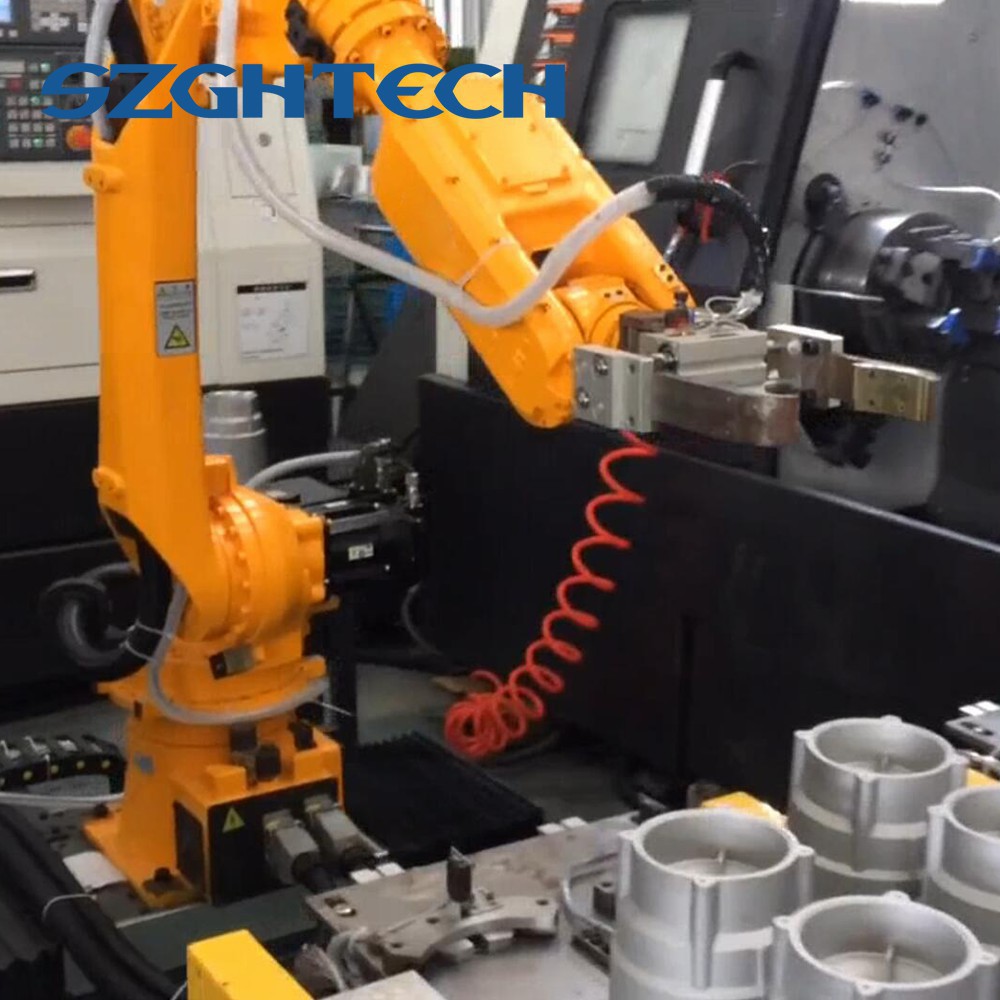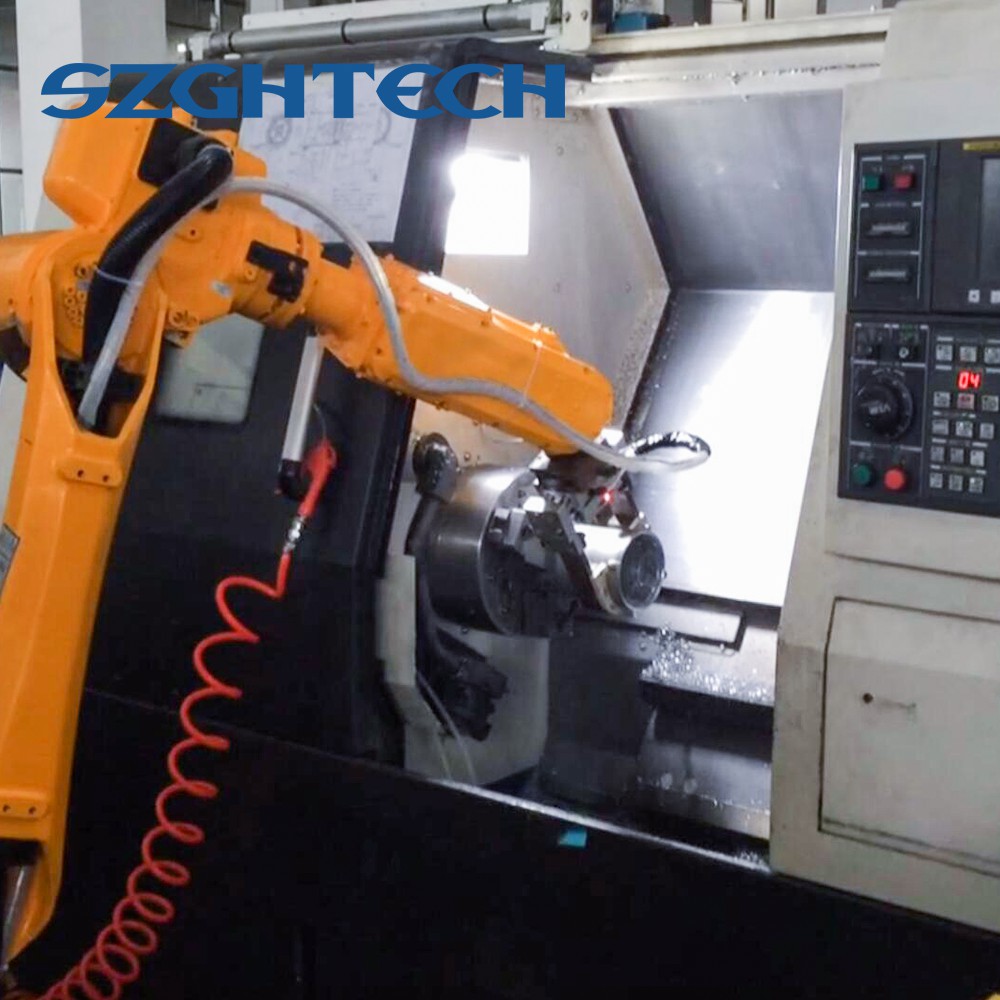The programming language and motion control of robot arms vary depending on the robot model and manufacturer. Different robot arms may employ different programming languages and control systems. Here are a few common robot arm programming languages and motion control methods:
1. Robot programming language:
- Teach Pendant Programming: This is one of the easiest ways to program robots. The operator uses the Teach Pendant handheld device to manually guide the robot arm through the task. The operator moves the arm to the correct position and records the movement path and task point. These instructions are saved in the robot's controller and can be replayed to perform tasks.
- Graphics-based programming: Some robot arms use graphics-based programming software where operators can combine tasks and movements by dragging and dropping graphical symbols and icons. This method is more intuitive for beginners, but often the functionality is relatively simple.
2. General-purpose programming languages:
- C/C++: Some advanced robot control systems allow programming using general-purpose programming languages such as C/C++. This approach is more flexible and powerful, enabling complex control algorithms and custom tasks.
3. Motion control mode:
- Position control: Position control is the most common way of motion control. The robot arm achieves movement by precisely controlling the position of the joint or axis.
- Force/torque control: Some advanced robotic arms have force or torque control. This allows the robot to adjust its motion to different mechanical environments based on feedback from external forces.
- Path planning: Path planning is an important part of robot motion control. It involves calculating and optimizing the trajectory and motion path of the robot arm to achieve efficient motion and collision avoidance.
The programming language and motion control methods of each robot arm have their advantages and applicable scenarios. The operator needs to understand the specific specifications and programming methods of the robot arm used to ensure that the robot arm is properly configured and operated for the required tasks and motion control.
|
|
 |


